The bustling city of Shanghai marks national celebrations with world-famous light shows, illuminating skyscrapers in brilliant colours.
This is where scientists and engineers work around the clock to pursue the next big thing in global technology, from 6G internet and advanced AI to next-generation robotics. It’s also here that a small startup called Energy Singularity is working on something extraordinary: fusion energy.
Fusion energy is energy produced in nuclear fusion reactions. It is the opposite of the fission reaction used in today's nuclear power reactors or atomic weapons.
Nuclear fusion, the process that powers the sun and other stars, is difficult to replicate on Earth. Several countries have achieved nuclear fusion, but sustaining it long enough for real-world use remains elusive.
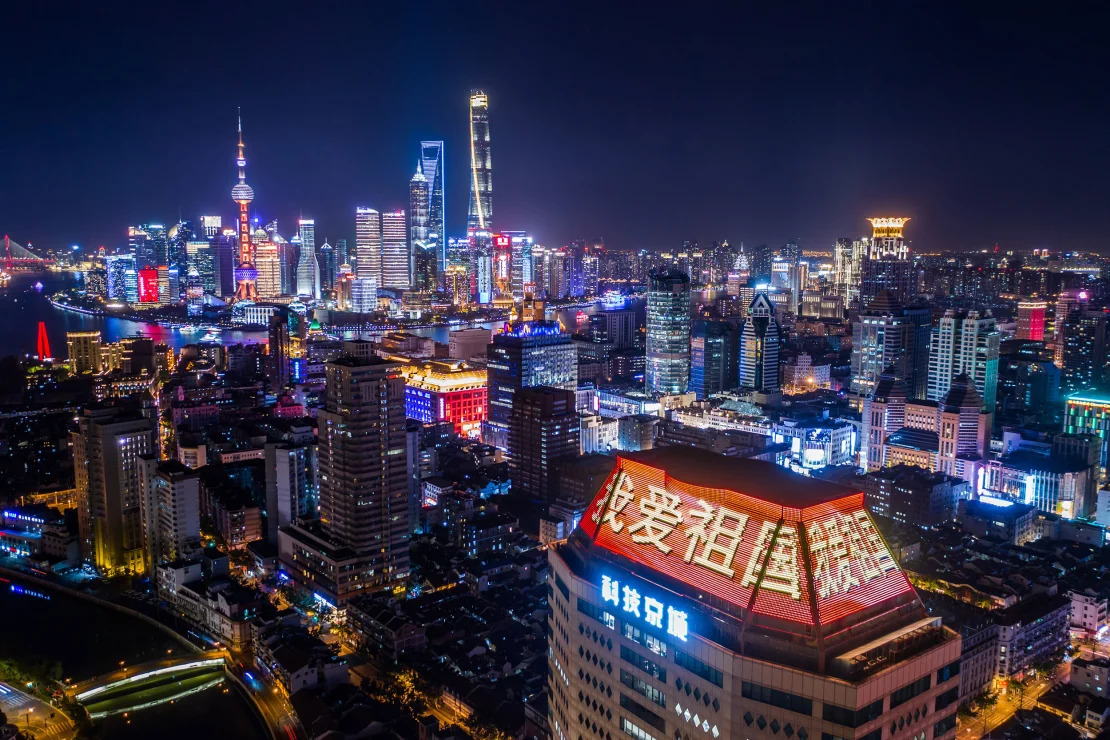
Shanghai city at night. Photo: New York Times
A controlled nuclear fusion reaction releases about 4 million times more energy than burning coal, oil or gas, and 4 times more than fission, the type of nuclear power used today. It won’t be developed in time to combat climate change this decade, but it could be the solution to future warming.
The Chinese government is pouring money into the project, estimating it will invest between $1 billion and $1.5 billion a year in fusion, according to Jean Paul Allain, head of the U.S. Department of Energy’s Office of Fusion Energy Science. By comparison, the U.S. government spends about $800 million a year.
Private companies in both countries are optimistic that they could bring fusion power to the grid by the mid-2030s, despite the huge technical challenges that remain.
"Artificial Sun" tokamak
Nuclear fusion is an incredibly complex process that involves squeezing together two nuclei that would normally repel each other. One way to do this is to raise the temperature in a tokamak to 150 million degrees Celsius, 10 times the temperature of the sun's core.
When they fuse, the nuclei release a large amount of energy in the form of heat, which can then be used to turn turbines and generate electricity.
Shanghai-based startup Energy Singularity has built its own tokamak in three years, faster than any reactor ever built. A tokamak is an incredibly complex cylindrical or toroidal machine that heats hydrogen to extremely high temperatures, creating a plasma in which nuclear fusion takes place.
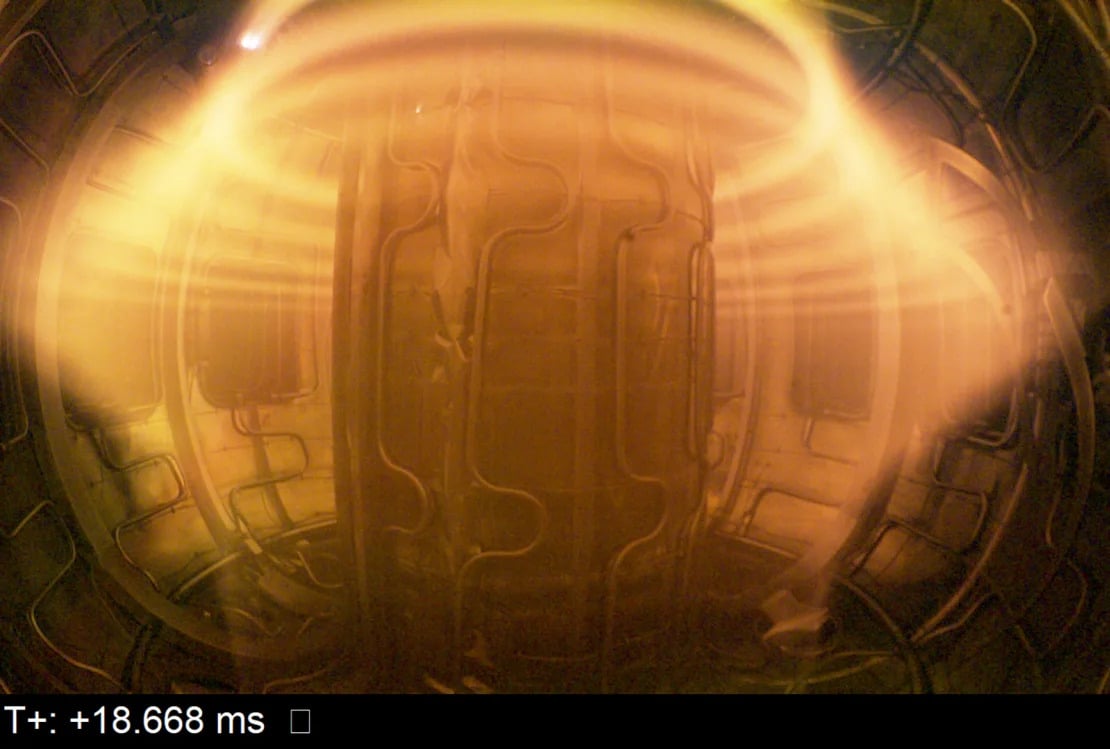
Plasma is confined in Energy Singularity's tokamak during an experiment. Photo: Energy Singularity
Energy Singularity has received more than $112 million in private investment and has also achieved a world first: the company's current tokamak is the only tokamak to use advanced magnets in plasma experiments.
Called high-temperature superconductors, these magnets are stronger than the copper magnets used in older tokamaks, allowing smaller tokamaks to generate as much fusion energy as larger tokamaks, and they can better confine plasma.
The company said it plans to build a second-generation tokamak to demonstrate its method is commercially viable by 2027, and expects to have a third-generation device that can supply power to the grid by 2035.
With the money China is pouring into research, the tokamak concept is advancing rapidly. China’s EAST tokamak in Hefei has held plasma steady at 70 million degrees Celsius, five times hotter than the core of the Sun, for more than 17 minutes, a world record and an incredible breakthrough.
Laser technology
While China is racing ahead with tokamak reactors, the US is finding an edge in another technology: lasers.
In late 2022, scientists at the Lawrence Livermore National Laboratory in California fired nearly 200 lasers into a cylinder containing a fuel capsule the size of a peppercorn, the world’s first successful experiment to produce net fusion energy. The energy released from the process was greater than the energy used to heat the capsule.
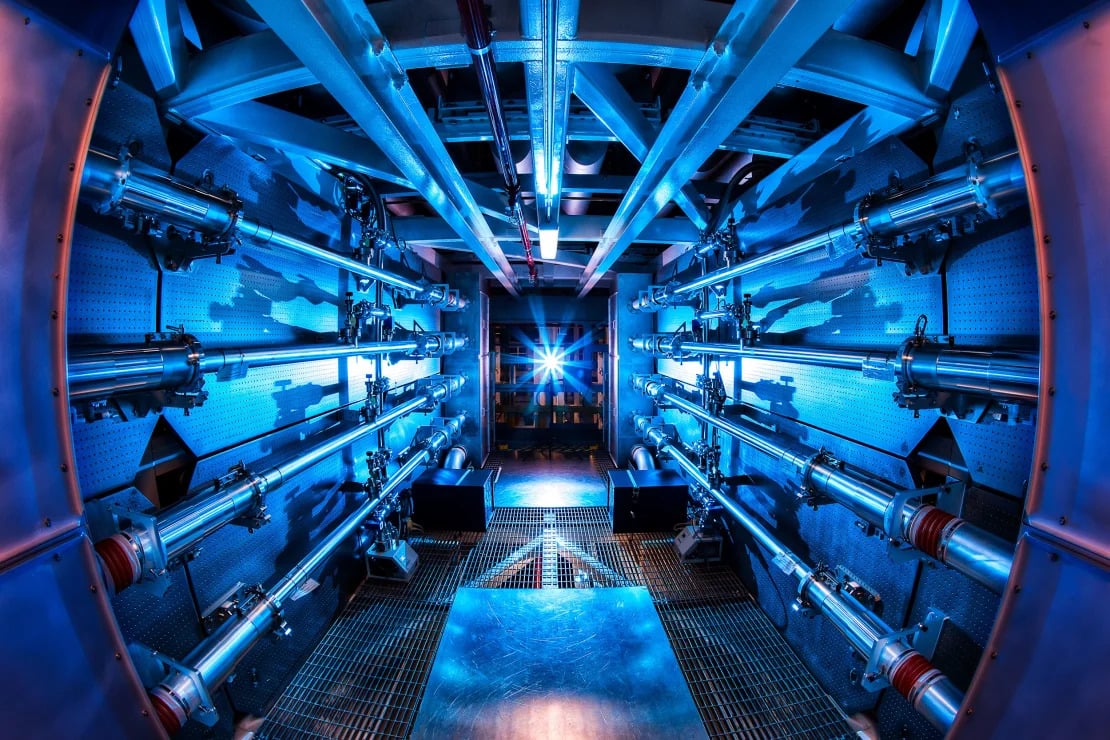
Part of the laser system at Lawrence Livermore National Laboratory, where scientists have successfully "ignited" a fusion reaction. Photo: Damien Jemison
There are still many other ways to achieve nuclear fusion, and the US is betting on a variety of technologies.
“There may be more than one way, and we don’t know exactly which is the best way” to approach fusion energy, said Melanie Windridge, a plasma physicist in the UK. She said it would depend on costs and other factors in the long term, but insisted the tokamak was the best-studied concept.
While the Chinese government has poured money into fusion, the United States has attracted more private investment. Globally, the private sector has spent $7 billion on fusion in the past three to four years, with about 80 percent coming from U.S. companies, according to Allain.
But if the Chinese government continues to invest more than $1 trillion a year, that figure could soon surpass US spending, even in the private sector.
And if those investments pay off, the colorful celebrations in Shanghai will give China a whole new look.
Hoai Phuong (according to CNN)
Source: https://www.congluan.vn/trung-quoc-tien-gan-den-viec-lam-chu-nguon-nang-luong-sach-vo-tan-post313167.html


![[Photo] President Luong Cuong meets with King Philippe of Belgium](https://vstatic.vietnam.vn/vietnam/resource/IMAGE/2025/4/1/1ce6351a31734a1a833f595a89648faf)

![[Photo] National Assembly Chairman Tran Thanh Man meets with King Philippe of Belgium](https://vstatic.vietnam.vn/vietnam/resource/IMAGE/2025/4/1/c6fb3ef1d4504726a738406fb7e6273f)
![[Photo] Official welcoming ceremony for the King and Queen of the Kingdom of Belgium](https://vstatic.vietnam.vn/vietnam/resource/IMAGE/2025/4/1/9e1e23e54fad482aa7680fa5d11a1480)
![[Photo] Queen of the Kingdom of Belgium and the wife of President Luong Cuong visit Uncle Ho's Stilt House](https://vstatic.vietnam.vn/vietnam/resource/IMAGE/2025/4/1/9752eee556e54ac481c172c1130520cd)
![[Photo] President Luong Cuong and the King of Belgium witness the Vietnam-Belgium document exchange ceremony](https://vstatic.vietnam.vn/vietnam/resource/IMAGE/2025/4/1/df43237b0d2d4f1997892fe485bd05a2)
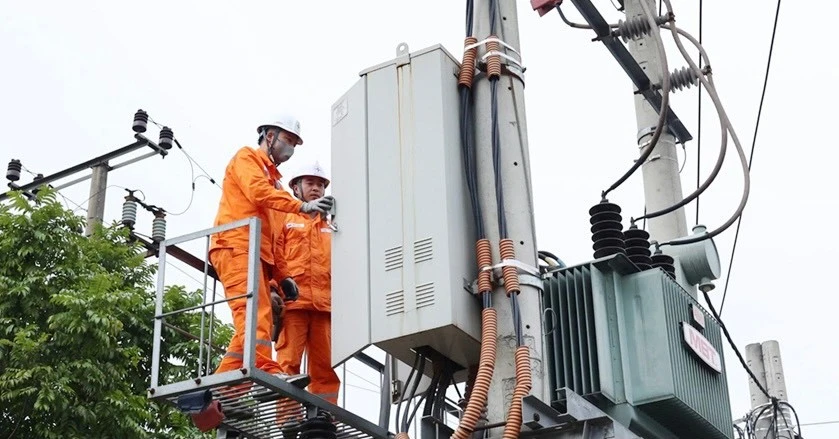



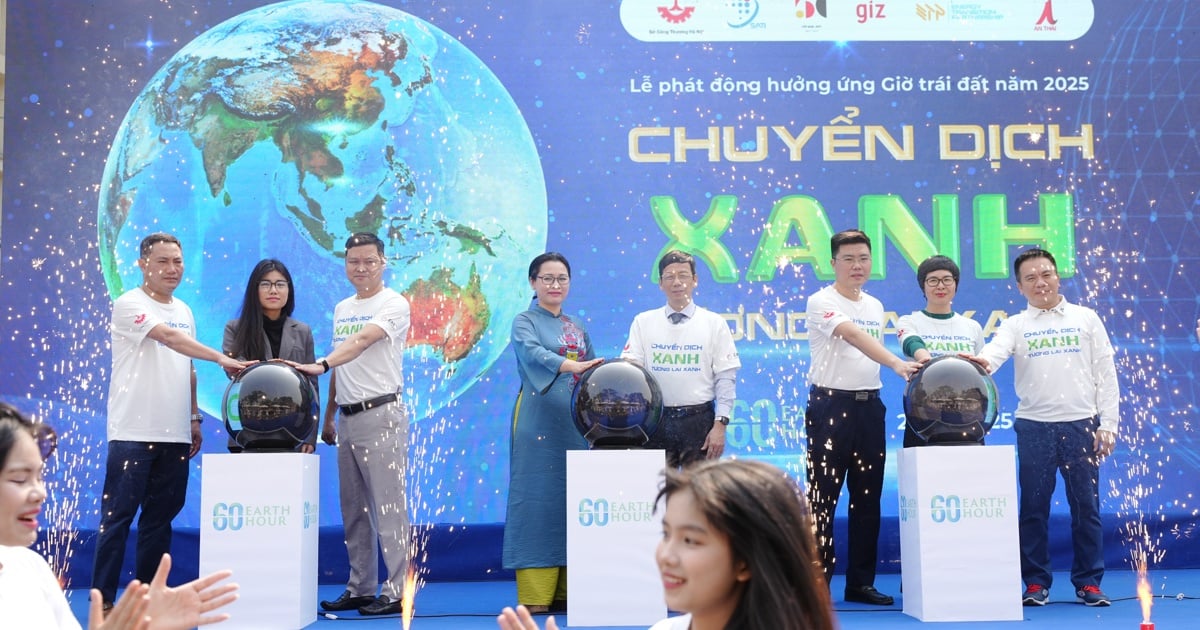












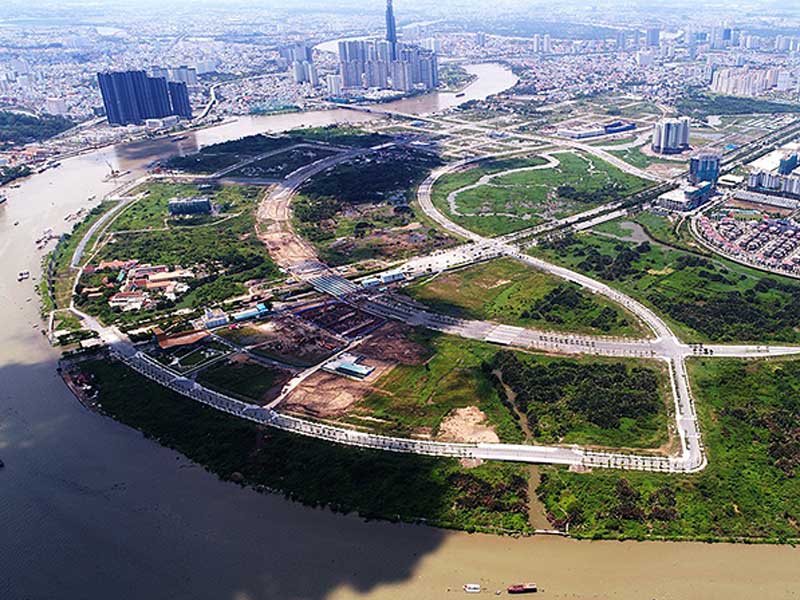





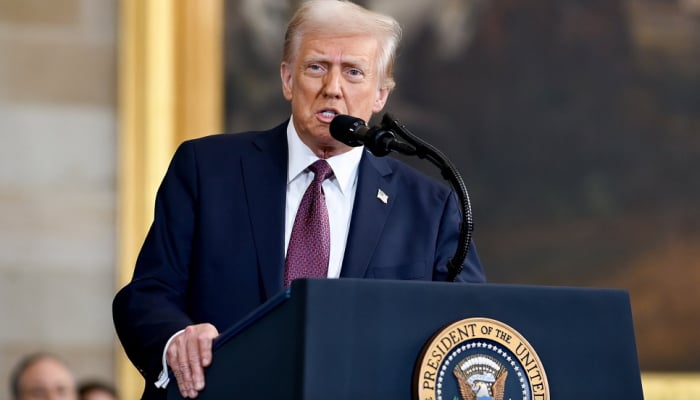
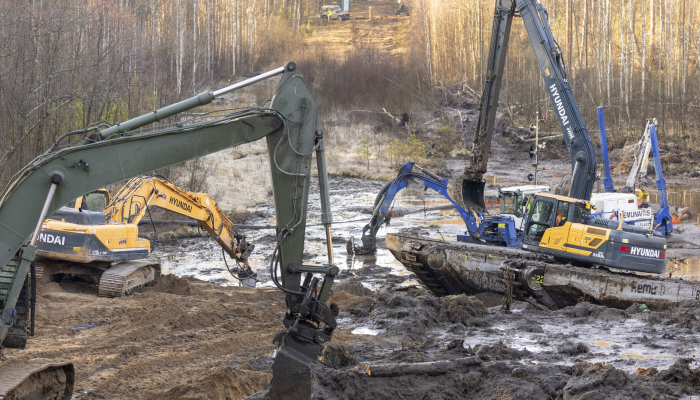































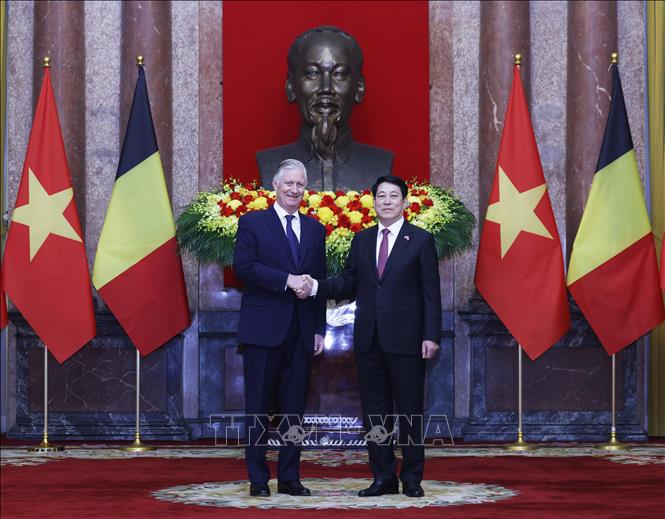


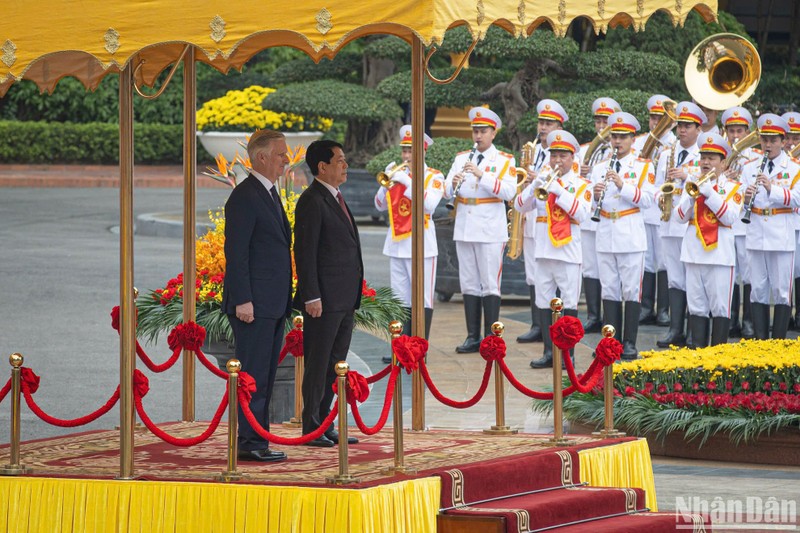





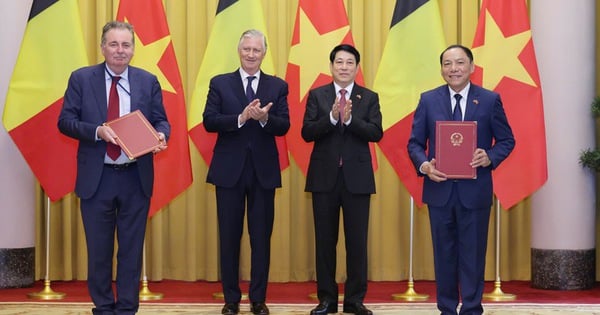



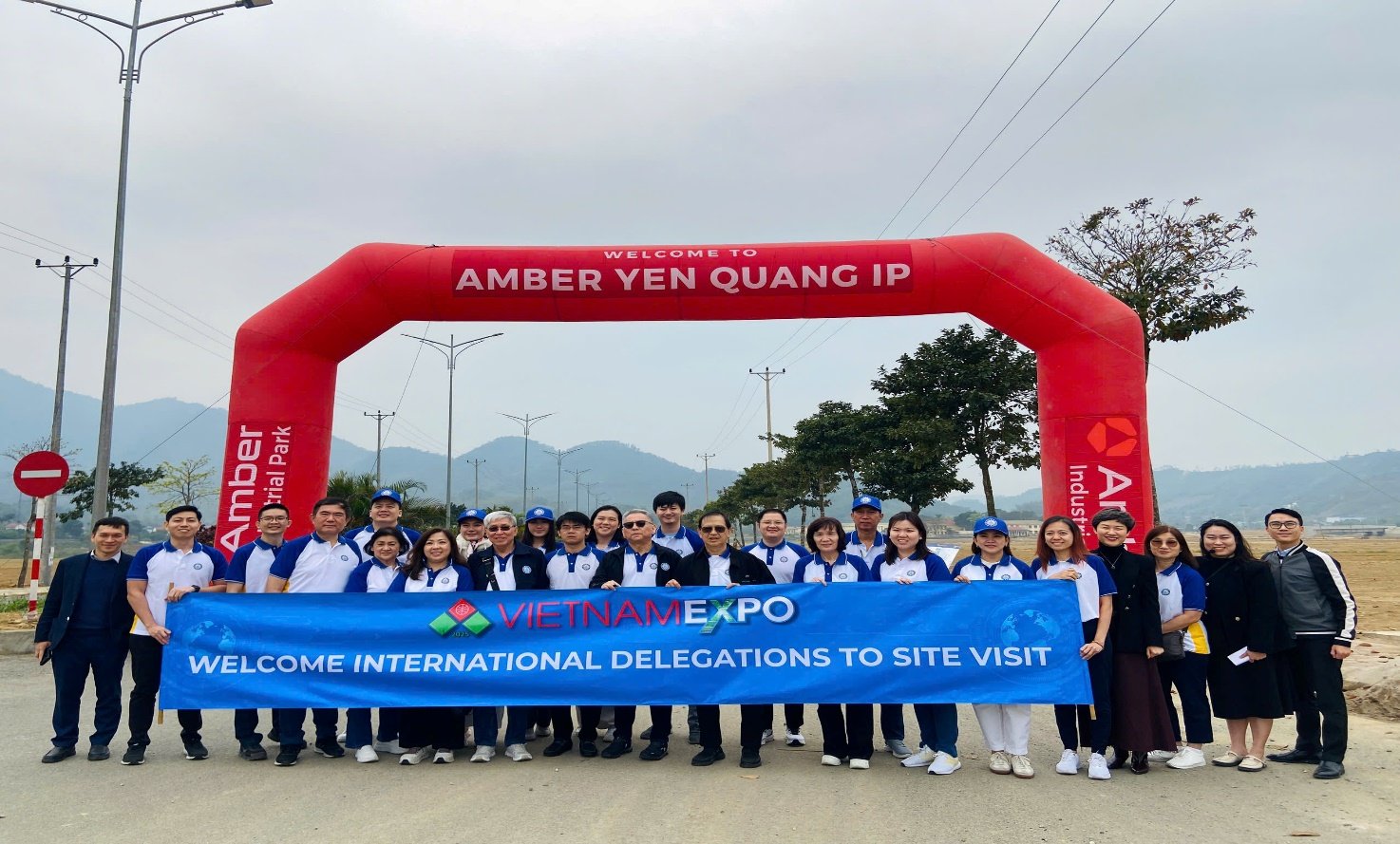







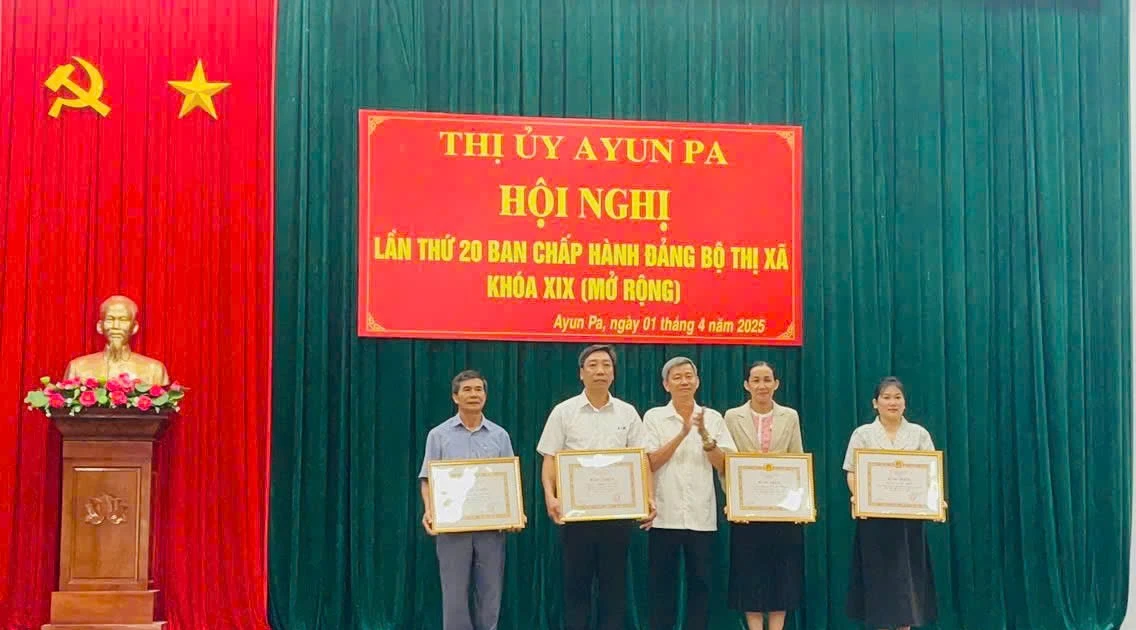














Comment (0)